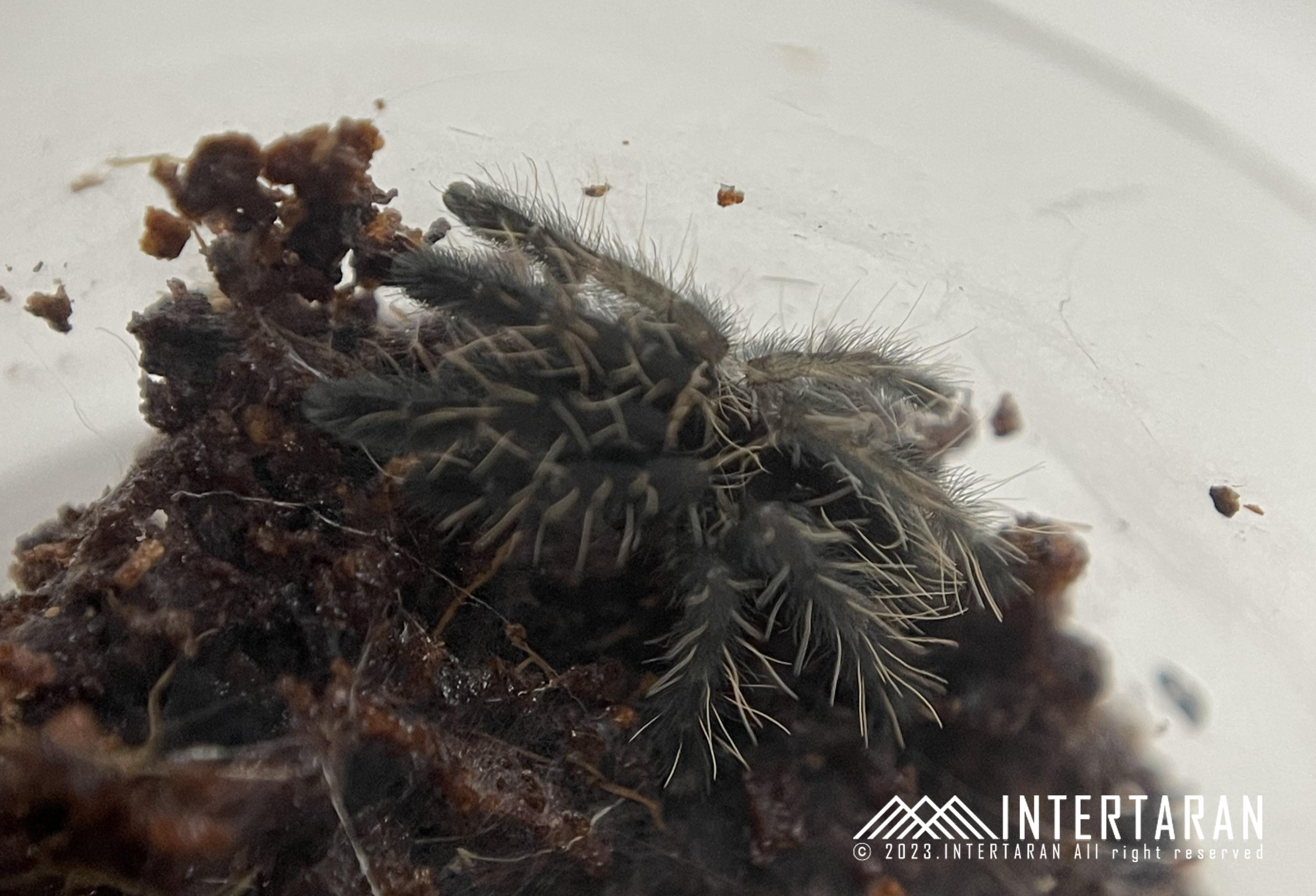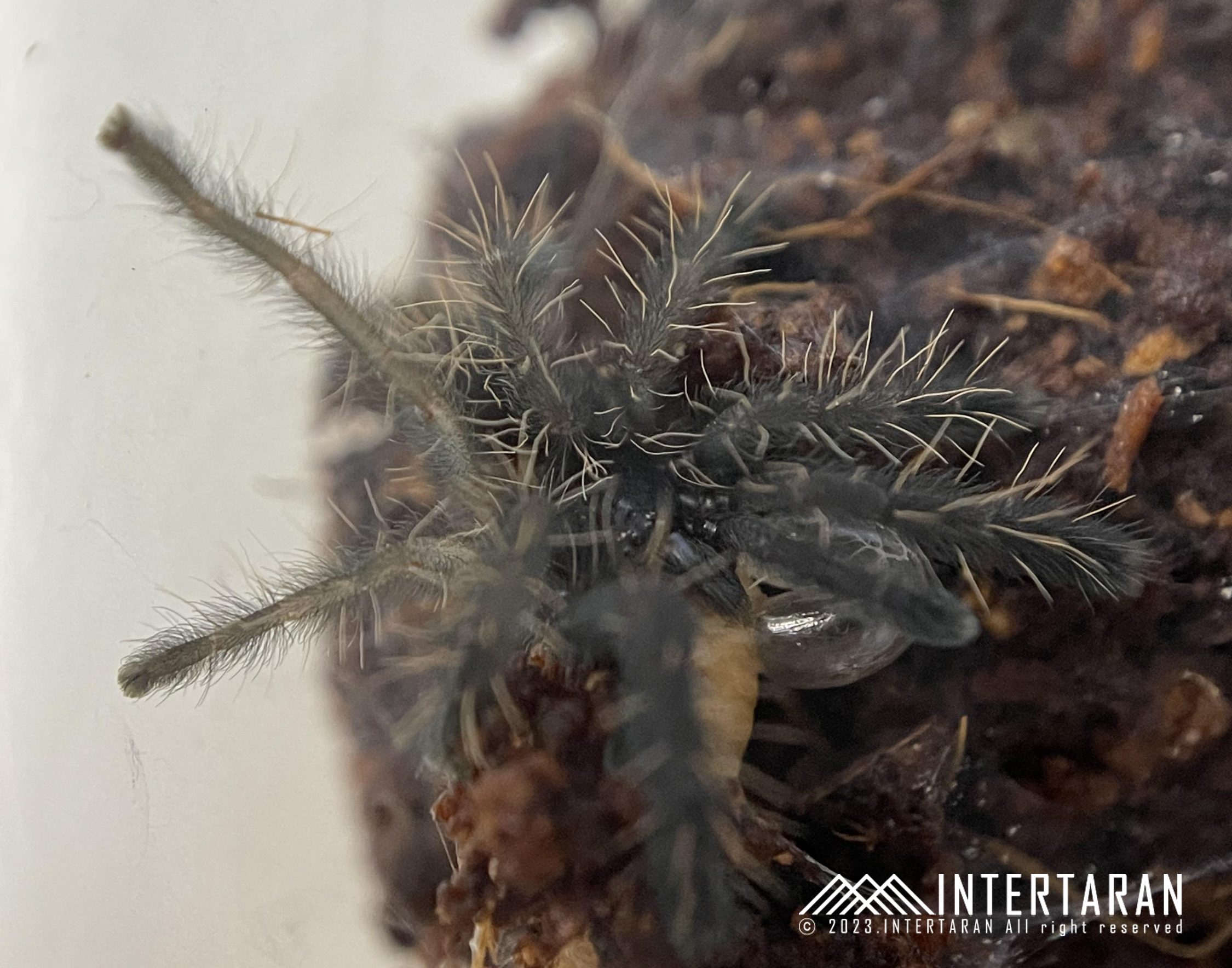
| Common Name | Peach Earth Tiger |
| Other Name | Rufus, Mr Stretchy Pants, Java tree tiger |
| Scientific Name | Phormingochilus sp. Rufus |
| Species | Rufus |
| Genus | Phormingochilus |
| Family | Theraphosidae |
| Type | Old World, Arboreal |
| Origin | Java Island, Indonesia |
| Max Size | Around 4-5"(13-15cm) |
| Growth Rate | Fast |
| Longevity | Male : up to 4-6 years, Female : up to 12-14 years |
| Habitat | Tropical forest |
| Temperament | Aggressive, Defensive |
| Experience level | Intermediate |
| Venom | Strong |


Peach Earth Tiger(Formingochilus sp. Rufus), a tarantula native to the Indonesian island of Java, is an old-world arboreal tarantula. Like other Earth Tiger tarantulas, the abdomen has a clear tiger pattern, but the back armor is medium light pink to orange. It is named Peach Earth Tiger because it has a pink color similar to a peach.
From juvenile to sub-adult, it gets darker and more intense, and as it becomes a completely adult, the overall color tends to fade. Of course, there are many cases of maintaining vivid colors depending on the object. In females, the tip of the leg may turn black. Because sexual dysplasia is evident, males have a bright beige entire body and a tiger pattern on their abdomen is faint.
Compared to other tarantulas, it is believed to have a significantly longer lifespan. It is known that females can live at least 12 years and males can live more than 4 years if sufficient breeding conditions are in place. Thanks to this long life span, many breeders love rufus, with relatively low difficulty in breeding.
Peach Earth Tiger is known for digging a lot of tunnel despite being a arboreal-type tarantula. Although there are differences in the breeding environment and each individual, it is possible to create many tunnels, so a cork tree bark and a significant amount of soil that can be a shelter are essential.
This tarantula is often very aggressive and defensive, so always be careful when feeding or container maintenance. They show tremendous speed of movement and aggression when cornered, so they can often escape containers.
Basically, high management difficulty is required because humid breeding environments are preferred. Containers need sufficient ventilation and periodic cleaning to prevent food or waste from decomposing and spreading the virus. As a countermeasure for this, there is a way to plant living plants in the container. It can purify the air in the container, minimize impurities, and make it a good hiding place for tarantulas.